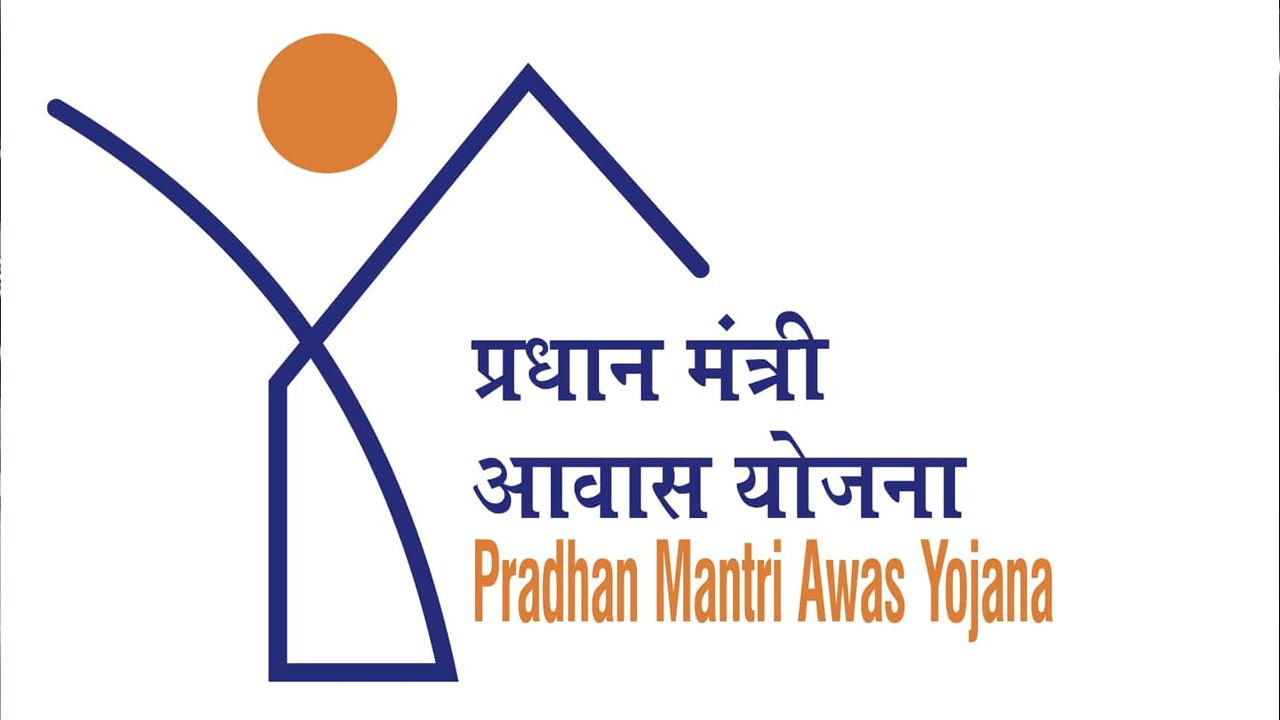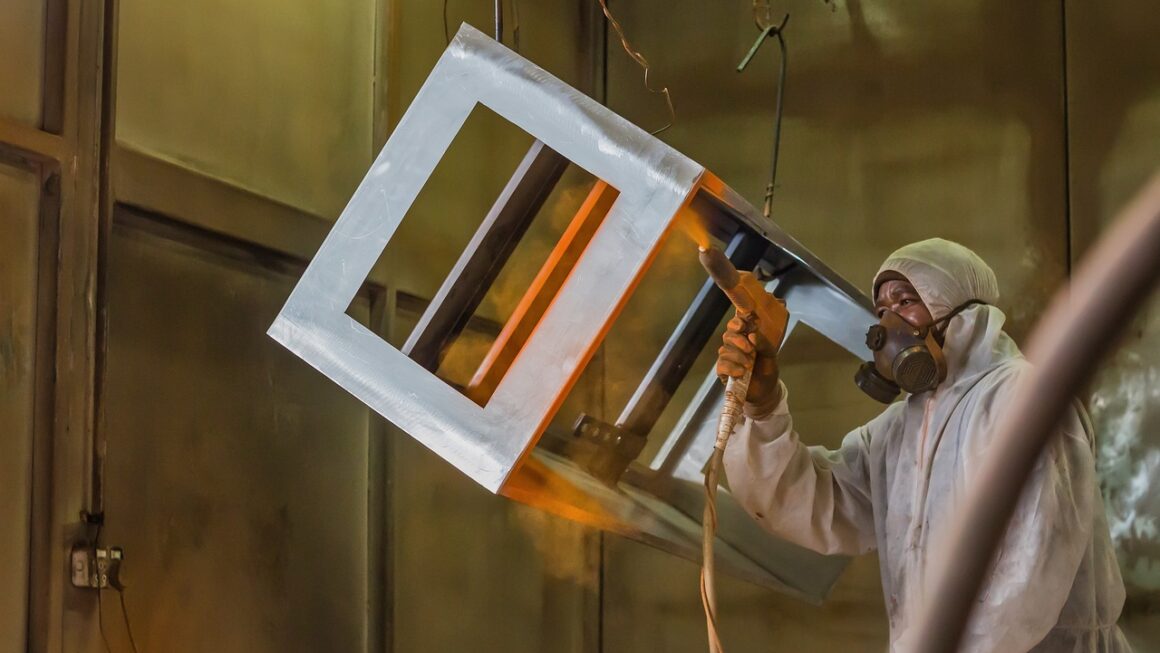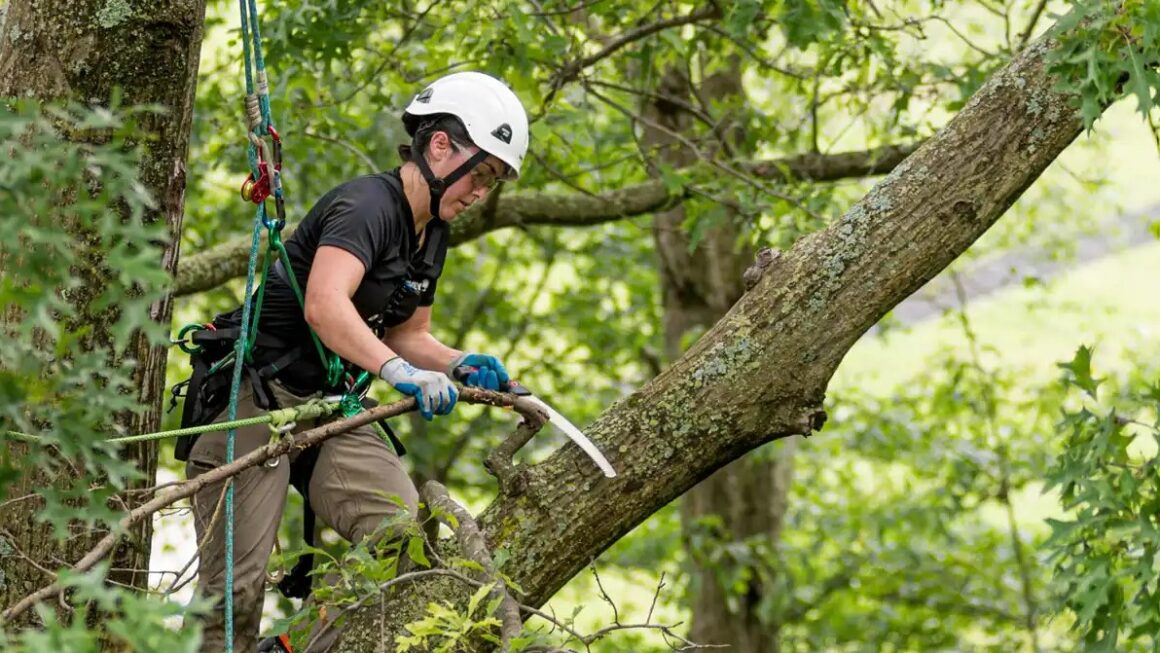Most people in India have heard about the Pradhan Mantri Awas Yojana at least once. However, what they do not know is the basic categories and criteria that the PMAY urban scheme follows. The primary motive of the scheme is to offer affordable housing for all. For this, it has created a plan to deliver more than 18 million homes by the year 2022 in the urban area.
But the urban area PMAY policy does have a few specific sanction categories. When combined together, these sanctions can solve the housing shortage or crisis in its entirety. Besides, they focus on doing so without increasing the rates of properties immensely.
With the information given below, you will be able to learn about the four significant subsections that make the allotment policies.
1. Affordable Housing in Partnership (AHP)
The first sanction on our list is AHP, where the central government offers grants to affordable housing projects that need a few specific criteria. If a similar housing project has a minimum of 35% homes targeted towards the EWS category, it is eligible to receive Rs. 1.5 lakhs against each of those homes as financial aid from the government.
However, in order to ensure that such houses are still affordable for the economically weaker sections of the society, the upper selling limit of the price is decided by either the states or the union territories.
2. Beneficiary-led Individual House Construction/ Enhancement (BLC-N/BLC-E)
This particular category under the PMAY urban housing scheme is for landowners who are looking to construct or enhance individual houses. According to this sanction policy, the government offers a grant of Rs. 1.5 lakhs to each individual that belongs to the EWS income category and requires assistance with property development.
However, it is guided by the central government that Urban Local Bodies of each state verify the land documents submitted by the applicant beforehand. After the completion of this process, the funds are directly transferred to the beneficiaries account by the state or union territories.
3. In-Situ Slum Redevelopment (ISSR)
One of the most well-thought policies of the Pradhan Mantri Awas Yojana List is definitely in regards to slum redevelopment. When private developers build projects for slum dwellers while using land as a vital resource, they are offered a grant of Rs. 1 lakh per house. However, the land backing slum redevelopment should not be privately owned.
Another key highlight of this policy is that after the completion of the slum redevelopment process, it is essential to carry out de-notification of the slums. All this needs to be done while following the guidelines enforced by the union territories and individual states.
4. Affordable Renting Housing Complexes (ARHCs)
The last sanction category under the PMAY urban scheme is the affordable renting housing complexes designed for urban poor and migrant workers. This particular policy was introduced in the year 2020, and it focuses on assisting low-income groups and economically weaker sections of the society in getting affordable rented accommodation.
Here the point to focus is that ARHCs are only available for rental purposes, that too for a minimum duration of at least 25 years. These buildings or projects should be an assortment of one-bedroom, two-bedroom, and dorm room style complexes. Plus, they should have common amenities available for the entire project.
In addition to those mentioned above, PMAY sanction categories the scheme is divided based on income groups. For instance, the four groups under this section are the Economically Weaker Section, Low Income Group, Middle Income Group 1, and Middle Income Group 2.
Hence, whatever category you might fall under, you will easily enjoy all the PMAY benefits.




